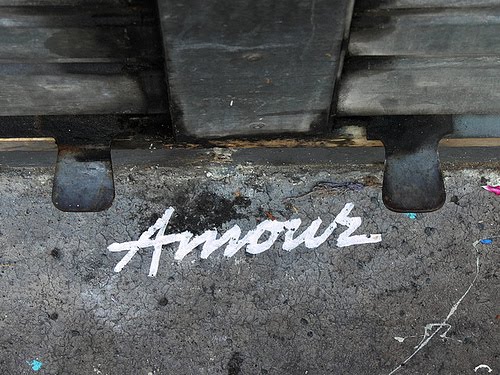In my first semester at being a “textile designer” we were given a brief on “Culture”. I decided to go with Romanticism. Looking at the textiles of then and other influences.
Surprisingly, I really disliked this brief, or more my outcome. I felt I did not make the most out of what could have been a great project. It could have been because it was my first taste of what it is actually like to study textiles and also the rush in to it all. And the fact that I didn’t know of the design and research methods.
But I feel, as the year ends, I have learnt not just more techniques in practical work in textiles but a lot of methods of research in my Design Study classes.
Thinking about my design classes I would have tackled it quite differently. With the use of primary and secondary research methods, I think it would have greatly boosted my work.
If it was possible, and I did the brief again I would do it completely differently. Being the obvious, I would make my way to the library and use the dreaded “cross-search” tool in the library, looking up journals, papers and books on the past. Perhaps looking at what it was like in Dundee then, or maybe even more industrial, Glasgow. By doing so this would give me lots of information on what it was like living then, and what the materials looked like. As well as the clothing!
I think I would stick close to home as I feel, “Romanticism” has a very broad spectrum and I was bombarded with information, some of which wasn’t helpful at all and just confused and bogged me down.
If I stayed close to home, this would mean I was able to look closely at the garments that were being worn around the time of Romanticism.
By going to museums in Glasgow and Dundee I could do some source drawing but also ask the museum staff questions about what they knew of the garments and the era.
By then conducting interviews I could ask questions such as; was fashion as big an issue then as it is now? What were the different styles like for different social classes? What fabrics were in high demand and where were they imported from? Were there influences in where the fabric was imported from in their designs?
By finding out these answers, I could look at the difference between then and now in fashion, what has changed? What is still the same? What fabrics do we still use? Have we still got similar designs or are they completely different?
I could ask these questions to the general public, gaining their points of view and seeing what their thoughts were.
While asking these questions I could show them images from the “Romanticism” era, asking what they would think if they saw someone wearing the clothes seen in the pictures. By doing so I could hear their truthful opinion. But I could also let them see the extremes of today’s fashion, asking out of the two, what one they prefer and why? What makes fashion “now”? If they could chop and change, what styles and fabrics would they take from each?
I would then look at photographs and paintings of that era. Taking the “snoop” tactic, and looking closely to what they were influenced by, what made them want to be extravagant in their attire, their clothing, fabrics and hairstyles? What possessions did they have to let others know what their social status was to others? Did their social status change their taste in what they bought, how they decorated their environment around them and why?
Then again, comparing then and now. Looking at what people buy to let others know of their social status. But also thinking, that maybe lower class buy what they think upper classes may buy, to look like they are upper class? Would people in the lower class in the Romanticism era have been punished for imitating the upper class? Or would the upper class just find something more extravagant to wear? Is that how fashion progresses?
So many questions! I believe a historian would come in helpful as a “tool” for my findings!
I could also look at plays in theaters, looking at ones based around the Romanticism era, observing how the actors hold themselves in the attire and also how easily they move. I could take quick sketches of them, seeing how the clothing sits on the body. Is it comfortable? Is it flattering for the body? What ideas could we incorporate in to designs now to make them similar but more updated?
Another research method I could do, would be to go to an old historic building, with the original décor of the time. Looking at what colours and patterns appear in the designs and in the upholstery. Is there a huge difference between patterns and fabrics used in the interiors and the garments? Taking photographs and comparing between the fabrics and interior designs now and then. Are there similarities? What designs aren’t used any more and why not? Could they be brought back, “recycle” design elements?
By learning about these research methods I want to push them further in to my studies, making the most of asking questions, closely observing and gathering important information.
I’ll raise my hands up and admit, that when we started design studies I wondered what on earth it had to do with being a textile designer but thinking about what I could have done in my project with the help of the research methods, it just makes me wish I had known sooner!
It just shows you, looks can be deceiving!



No comments:
Post a Comment